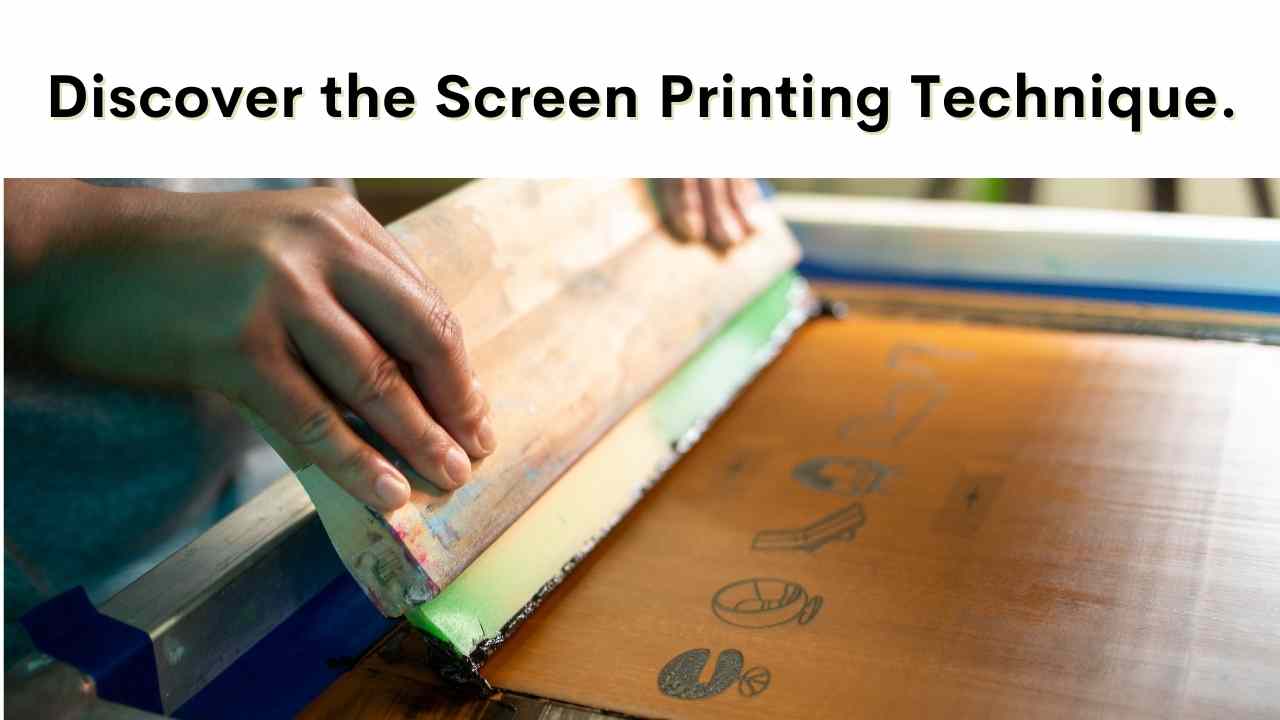screen printing & digital printing
-
Posted: December 03, 2020Views: 106Read more »
Ever wondered how those vibrant designs on your favorite products come to life? Look no further than screen printing, a versatile technique employed across various industries to bring creativity to the surface – literally!

At Boxify, we specialize in harnessing the power of screen printing to transform ordinary corrugated boxes into eye-catching works of art. But what exactly is screen printing? It's the process of pushing ink through a stenciled mesh screen onto a surface, creating intricate designs with stunning clarity and color depth.
While screen printing offers a cost-effective means of customization, it's not without its challenges, especially when it comes to corrugated surfaces. But fear not – our expert team at Boxify has mastered this art, ensuring flawless results every time.
From sleek logos to intricate patterns, our screen-printed boxes make a lasting impression, whether they're housing your products or serving as promotional materials. With Boxify, your packaging becomes a canvas for creativity, leaving a lasting impression on your customers.
Ready to elevate your brand with bespoke packaging solutions? Contact Boxify today and let's bring your vision to life, one box at a time.
-
Posted: November 11, 2020Categories: Printing MethodsTags: screen printing & digital printing, flexo graphic, different printing methods for packaging... offset printingViews: 30Read more »
Exploring Different Printing Methods for Packaging
In the realm of packaging, printing plays a crucial role in not only protecting the product but also in enhancing its appeal to consumers. Whether it's a luxurious cosmetic item or a humble online purchase, packaging serves as the first point of contact between the brand and the customer. To meet the diverse demands of packaging, printing companies employ various techniques, each with its unique features and advantages. Let's delve into the four primary printing methods used for packaging: Offset Printing, Flexographic Printing, Screen Printing, and Digital Printing.
Offset Printing:
Offset printing, also known as lithography, is a traditional yet highly versatile printing method widely used in packaging. The process involves transferring an image from a computer onto a plate cylinder or blank cylinder using a laser beam. The inked image is then transferred onto a rubber blanket and then onto the packaging material, typically paper or cardboard.
Offset printing offers durability and versatility, making it suitable for various paper stocks. It boasts high productivity, with large-capacity machines capable of processing thousands of impressions per hour. However, the initial setup cost can be high, particularly for intricate projects.
Flexographic Printing:
Flexographic printing, or flexo, utilizes flexible relief plates made of rubber or plastic to transfer images onto packaging materials. It is particularly suitable for printing on a wide range of substrates, including paper, plastic, metallic film, and non-porous materials like those used in food packaging.
Flexo printing is known for its fast-drying ink and ability to cover large areas of color efficiently. It is commonly used for packaging items such as corrugated boxes, folding cartons, plastic bags, and food wrappers.
Screen Printing:
Screen printing is a cost-effective option, ideal for small-quantity printing requirements. While it offers limited color options compared to other methods, it remains a viable choice for startups and small businesses. Screen printing involves pushing ink through a stencil onto the packaging material using a mesh screen, resulting in a vibrant and tactile print.
Despite its limitations, screen printing allows for customization and is often chosen for its handmade aesthetic. However, it may involve some inaccuracies in placement due to its manual process.
Digital Printing:
Digital printing has emerged as one of the fastest-growing segments in the packaging industry. It offers unparalleled versatility, precision, and cost-effectiveness, making it accessible to both large corporations and small businesses. Digital printing involves transferring a digital image directly onto the packaging material using inkjet or laser printers.
One of the significant advantages of digital printing is its ability to personalize prints on-demand, catering to individual preferences and marketing strategies. It eliminates the need for plates, reducing setup costs and enabling quick turnaround times. Moreover, digital printing excels in photographic and fine art printing, allowing for high-quality, customizable designs.
In conclusion, the choice of printing method for packaging depends on various factors such as budget, quantity, substrate, and design requirements. Whether it's the timeless elegance of offset printing, the versatility of flexography, the affordability of screen printing, or the precision of digital printing, each method contributes to creating visually appealing and functional packaging solutions that capture the essence of the brand and resonate with consumers.